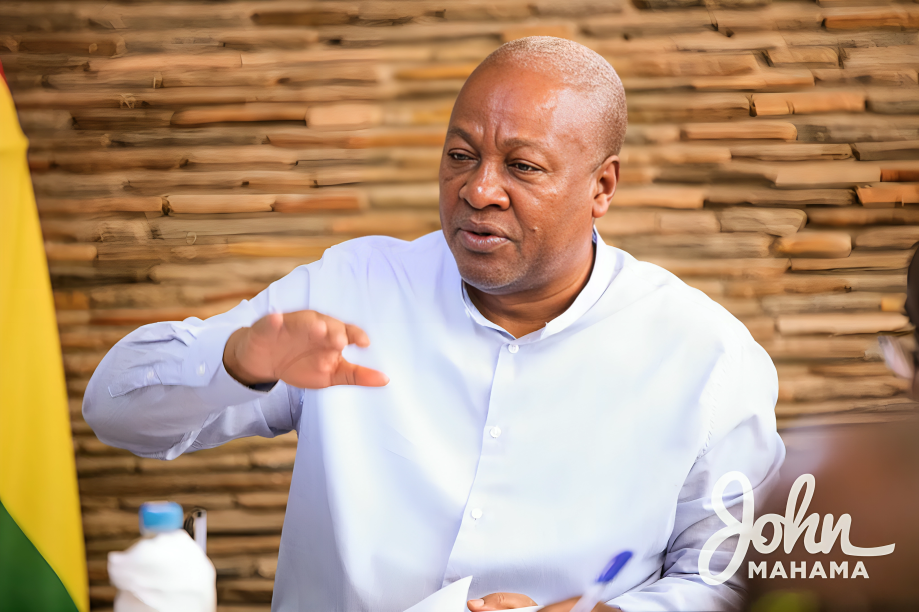
By Nick OPOKU
The rest of the world is paying close attention to the results of the ongoing U.S. presidential election, and for good reason. The re-election of one candidate will likely see an irreversible decline in democratic norms, embolden other populist-nationalist leaders in Europe and elsewhere. It will also likely compound the uncertainty about the increasing global turmoil.
The polls show that the race is extremely close. Experts have cautioned that the results of the election will be considerably delayed due to coordinated litigation aimed at questioning the legitimacy of the electoral process and possibly seeking to overturn the results.
While these concerns are valid, the legal options available to any election saboteur are considerably narrow, making it virtually impossible to overturn results of the election through judicial channels. Two election protection laws will be consequential for the determination of the results of this election.
The first is the case of Moore v Harper decided by the U.S. Supreme Court in 2023. The U.S. Constitution largely leaves presidential elections to the states, though Congress may decide when electors are chosen and when they must vote (Article 2, Section 1). This does not mean, however, that state regulation of presidential elections is immunized from judicial intervention.
In this case, the Supreme Court tore the so-called “independent state legislature” doctrine into shreds. Proponents of this theory had argued that the Constitution empowered state legislatures to act as independent, almost omnipotent election regulators.
As such, state legislatures could intervene directly and unilaterally in the outcome of a presidential election and determine the slate of electors, even if the election has been conducted according to state law.
This case revolved around a North Carolina congressional redistricting plan, but the argument that the North Carolina Legislature enjoyed unlimited and unchecked authority to regulate federal elections (similar to one presidential candidate’s argument in 2020 that state legislatures could directly intervene in the presidential election) was rejected.
The Supreme Court held that federal elections are still subject to state judicial review and state constitutional law. State legislatures, therefore, cannot do whatever they want.
The second is the Electoral Count Reform Act of 2022. The effort to prevent the certification of electoral college votes on Jan. 6, 2021, was legally possible because of loopholes in the Electoral Count Act of 1887. Some of these loopholes have been plugged.
The Act has raised the threshold for asserting objections to election certification. Under the new law, it takes 20 percent of the members of both chambers to object before Congress has to debate the objection.
The law also narrowed the grounds for raising objections and specified that the vice president’s role in the process is purely ceremonial (he or she has no discretion to block the count). The law requires votes to be counted, and electors selected according to pre-existing law. In other words, legislatures have no ability to alter the electoral process or initiate a new process after Election Day.
The law removed the possibility of a “failed election” by limiting state legislative efforts to choose electors after an election to cases of force majeure, like a natural disaster. Claims of fraud are no longer sufficient for legislative action. Yes, you read that right.
In addition, the law establishes an expedited process for hearing federal challenges to court outcomes, and it mandates deference to both state and federal court rulings. Frivolous suits will be filed but it is now virtually impossible to reverse an election outcome through the courts or Congress.
>>>The writer is a lawyer and governance policy analyst. He has considerable experience in strategic litigation, constitutional, legislative and policy reform, having consulted on legal and governance policy projects for multilaterals and civil society organizations. [email protected]
The post Legal options for reversing U.S. presidential election results narrow appeared first on The Business & Financial Times.
Read Full Story














Facebook
Twitter
Pinterest
Instagram
Google+
YouTube
LinkedIn
RSS